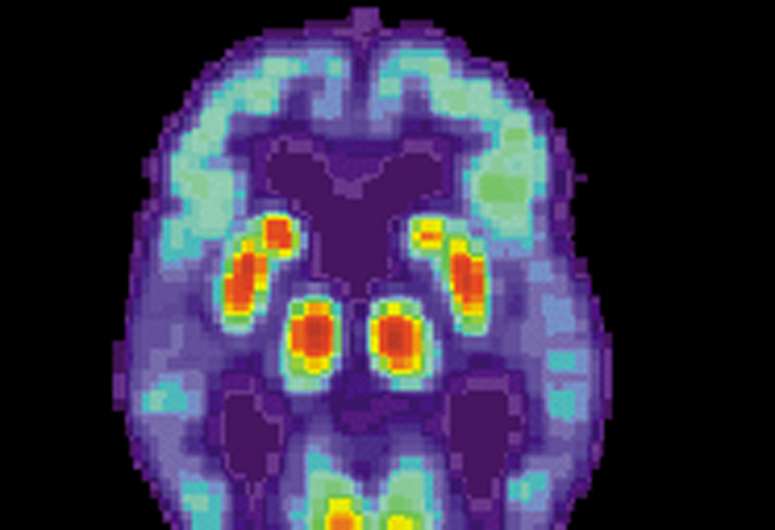
Tau is a protein that helps stabilize the internal skeleton of nerve cells (neurons) in the brain. Groups of toxic tau protein, termed tau oligomers, drive disease progression and memory loss in Alzheimer’s disease (AD). A new study from Boston University School of Medicine (BUSM) shows how these tau oligomers form, and, correspondingly, how they can be prevented.
AD is a major cause of disease in the elderly and places a huge financial cost on the health care system. Scientists have known for a long time that two proteins (beta-amyloid and tau) clump and accumulate in the brains of Alzheimer patients, and this accumulation is thought to cause nerve cell injury that results in dementia.
The research in this study is based on an emerging field in biology, termed ‘phase separation,’ which is rooted in the discovery that proteins form droplets just like ‘oil in vinegar.’ “We discovered that droplets containing TIA1, an RNA binding protein linked to Alzheimer’s disease (as well as amyotrophic lateral sclerosis), provides the basis for forming the toxic tau oligomers,” explained corresponding author Benjamin Wolozin, MD, Ph.D., professor of pharmacology & experimental therapeutics at BUSM.
Tau oligomers form droplets within the TIA1 droplets, and do so selectively with TIA1; other RNA binding proteins don’t stimulate formation of tau droplets or tau oligomers. “This research shows that mixing tau with TIA1 produces tau oligomers that are very lethal to neurons. These results answer a fundamental question of how tau becomes toxic. It also provides a powerful tool to screen for compounds that can inhibit formation of toxic tau oligomers.”
“We found that tau oligomers form droplets within the TIA1 droplets. Our research shows that mixing tau with TIA1 produces tau oligomers that are very lethal to neurons. These results answer a fundamental question of how tau becomes toxic. It also provides a powerful tool to screen for compounds that can inhibit formation of toxic tau oligomers.”
The researchers generated pure proteins as a way to do the experiments in a solution containing only the specific components being studied. Then they mixed the proteins together and followed the formation of little droplets under a microscope. Surprisingly, they found that tau forms droplets within larger TIA1 droplets, but not with droplets of other proteins. They also measured the amount of toxic tau oligomers and showed that these tau in TIA1 droplets had many toxic tau oligomers.
According to Wolozin, tau and TIA1 show up together in pathology and TIA1 is one of the few RNA binding proteins that is genetically associated with Alzheimer’s disease. He believes this research can now be used to push forward drug discovery to identify compounds that prevent formation of tau oligomers.
Source: Read Full Article